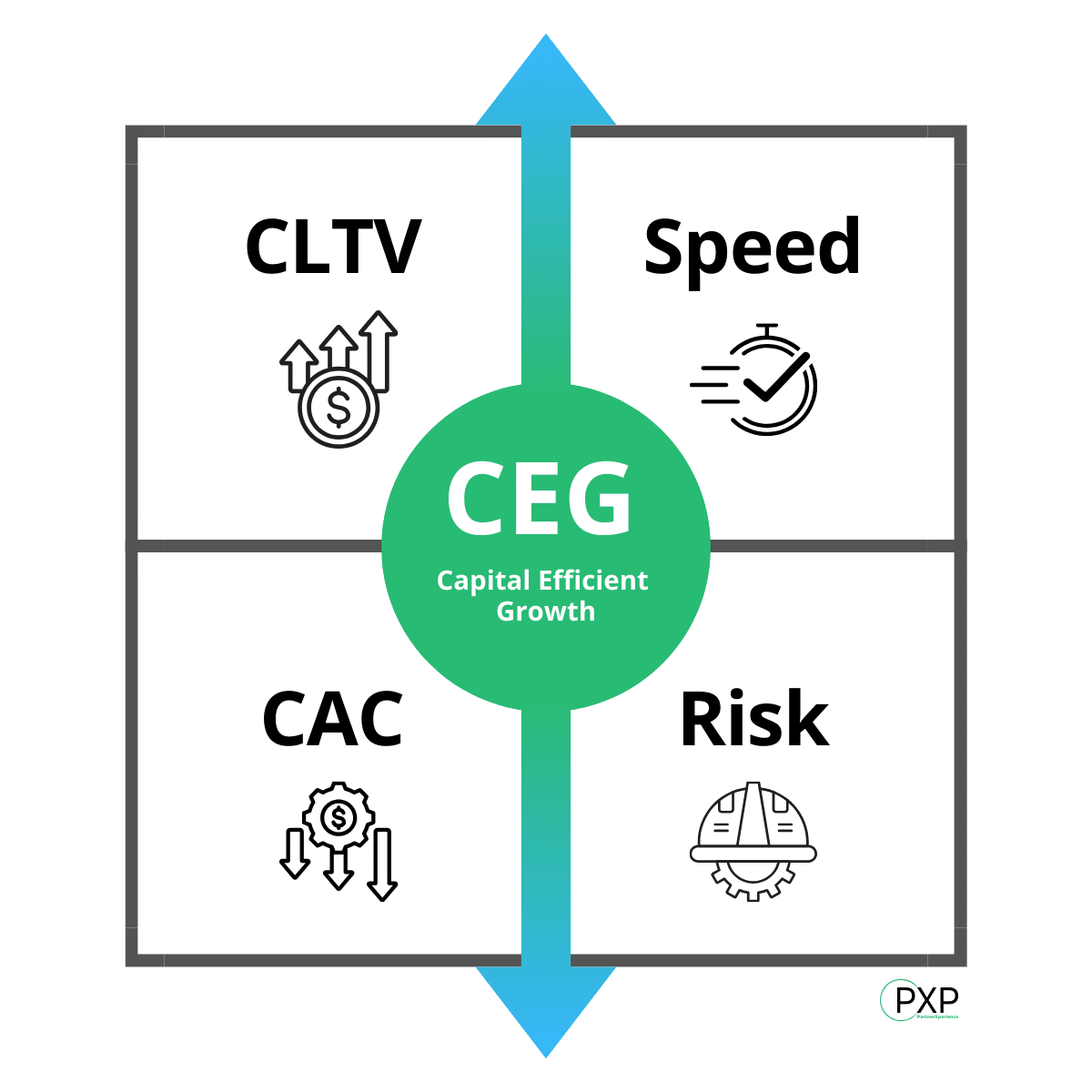Fitting Partnerships Into Your Business
There are vibrant discussions about partnerships. Exciting discussions, in fact. Especially in the B2B SaaS community, where the concept of collaborative working has been identified as a new growth model for companies.
As a community, we try to figure out questions like:
- What actually means partnerships?
- Where do they belong in the business model?
- Who is in charge, and where should it be placed in the org chart?
- How do we measure its contribution and outcomes?
- What type of partners are out there?
And probably the most critical question: How can you use Partnerships successfully to grow your business?
While creating a shared understanding, we often try to build new models based on concepts we know and understand already. The most common issue with that is that we try to press partnerships into sales patterns.
This happens on many levels like:
- Using sales KPI to measure partnership success
- Standardizing the acquisition process of partners like they were clients
- Using sales rep hiring profiles for partner managers
- Mixing customer experience with partner experience
Let’s check two common misunderstandings and quotes that are floating around and repeated often. They sound right, but they are not.
Treat your partner like your customer! 🚫
That’s indeed not good advice and one reason why so many partnerships fail (approx 80%). Treating your partner like your customer makes you a supplier (not a partner). That creates wrong expectations on both sides, places your partner manager in a wrong position (set up for failure), and ultimately damages the business relationship.
Without a doubt, the expression is made with good intentions and most likely means you should provide an excellent experience for your partners; however, without giving concrete advice on how to do that, it is misleading.
Important here:
- Great customer experience and partner experience are achieved with entirely different methods.
- Partners, unlike customers, participate in various ways in your business model, contributing to functions like Channel, Marketing, Product, and Operations.
- ⚠️ A partner manager can expect and request more from a partner compared to what you can ask of a customer. *
* Book recommendation: Making Channel Sales Work, Author: Dave Davies, https://amzn.to/3tZlq8i, Chapter 2: Channel Manager’s Rights “What leverage are you giving away because you don’t understand your rights.”
While the book focuses on channel partners, many of the recommendations apply to most partner categories and are useful for every partner manager
Treat your partner like a partner! ✅
When dealing with partners, remember these principles:
- “The acquisition of new partners is not a sales process; it’s a recruiting process.”
- “You do not sell anything to a partner! You convince a partner to collaborate and spend resources to achieve a joint goal.”
- “Spend the same time and effort to onboard a partner like you would do for an employee.”
- “Partnerships = Collaborative Relationships ≠ Transactional Relationships” (Guide: Understanding the difference between transactional and collaborative relationships.)
- “Different partner types have different partner journeys”
Revenue is the only relevant KPI to measure Partnerships! 🚫
You will miss the party if you engage in partnerships and keep starring only on the revenue figure. 🤷♂️
Not all partnerships affect revenue. Channel partners are the closest to influencing revenue since they are your indirect sales channel. However, most partnerships have a more direct impact on other KPIs.
Partner Managers, comparable to your developers, contribute significantly to the business’s success. Both don’t sign contracts with direct clients, but their effective work results in revenue.
Overall revenue is not a reliable nor a sustainable indicator of success if costs increase at an equal or faster rate. Today, investors looking much more at efficiency indicators besides growth.
Partnerships improve your capital efficiency! ✅
Or like Charles Erwin Wilson said: “More bang for the buck”

Charles Erwin Wilson: 5th United States Secretary of Defense
Partnerships are a great tool to improve your capital efficiency. With different types of partners, you can directly influence your customer lifetime value (CLTV), customer acquisition costs (CAC), market speed, or risk mitigation.

If you want to learn more about how Partnerships achieve capital-efficient growth (CEG), check out the CEG playbook available at https://partnerxperience.com/ceg/
Partnerships in the B2B SaaS sector are not just a trend but a pivotal part of a successful business strategy. There are common misconceptions that need to be addressed. They require a distinct approach and mindset. A partner is not just another revenue source; they are collaborators in your business’s journey. This involves a deeper engagement and a different set of expectations and goals.
What are your thoughts and experiences with partnerships? How do you make partnerships a part of your business model?
